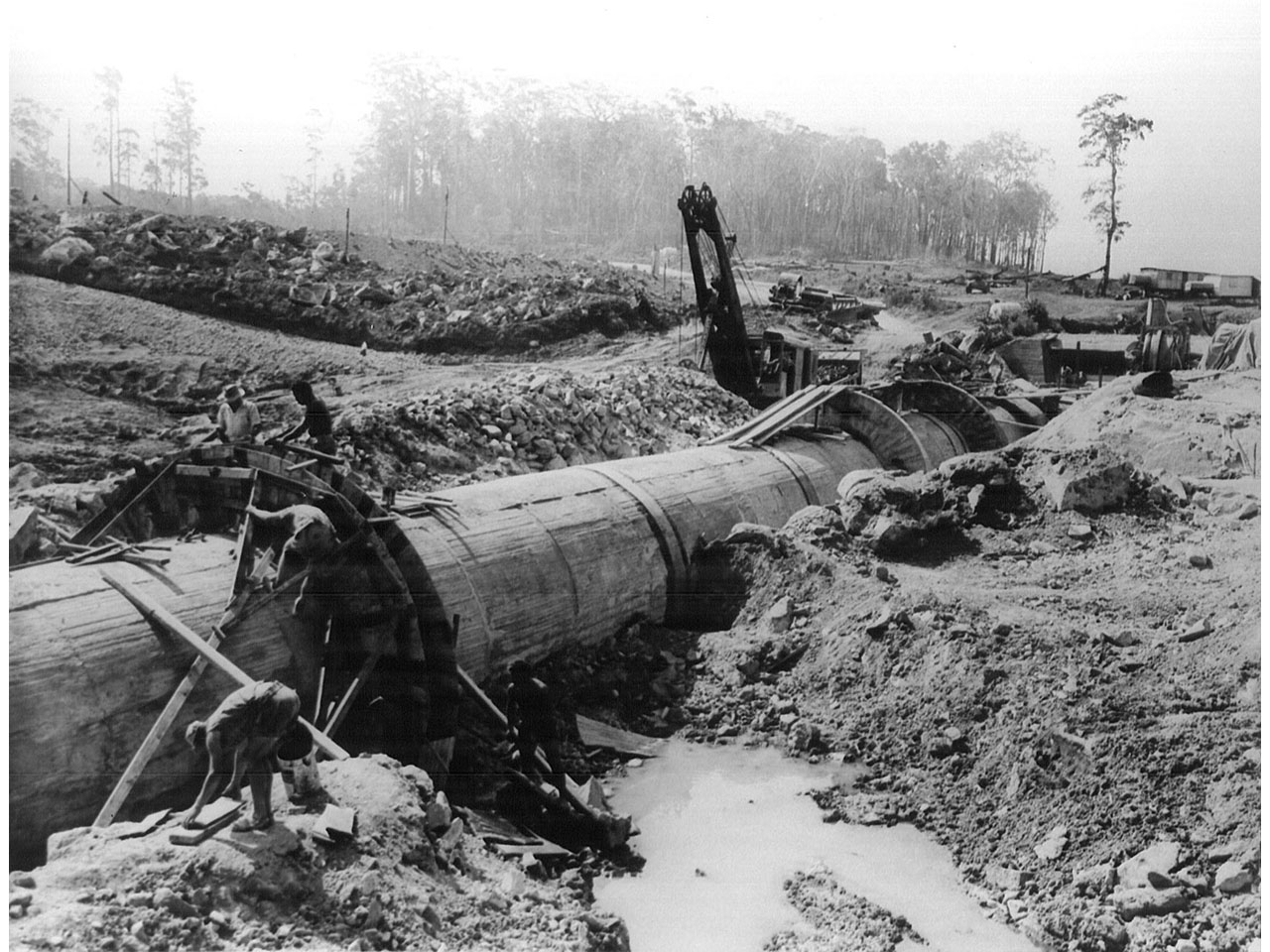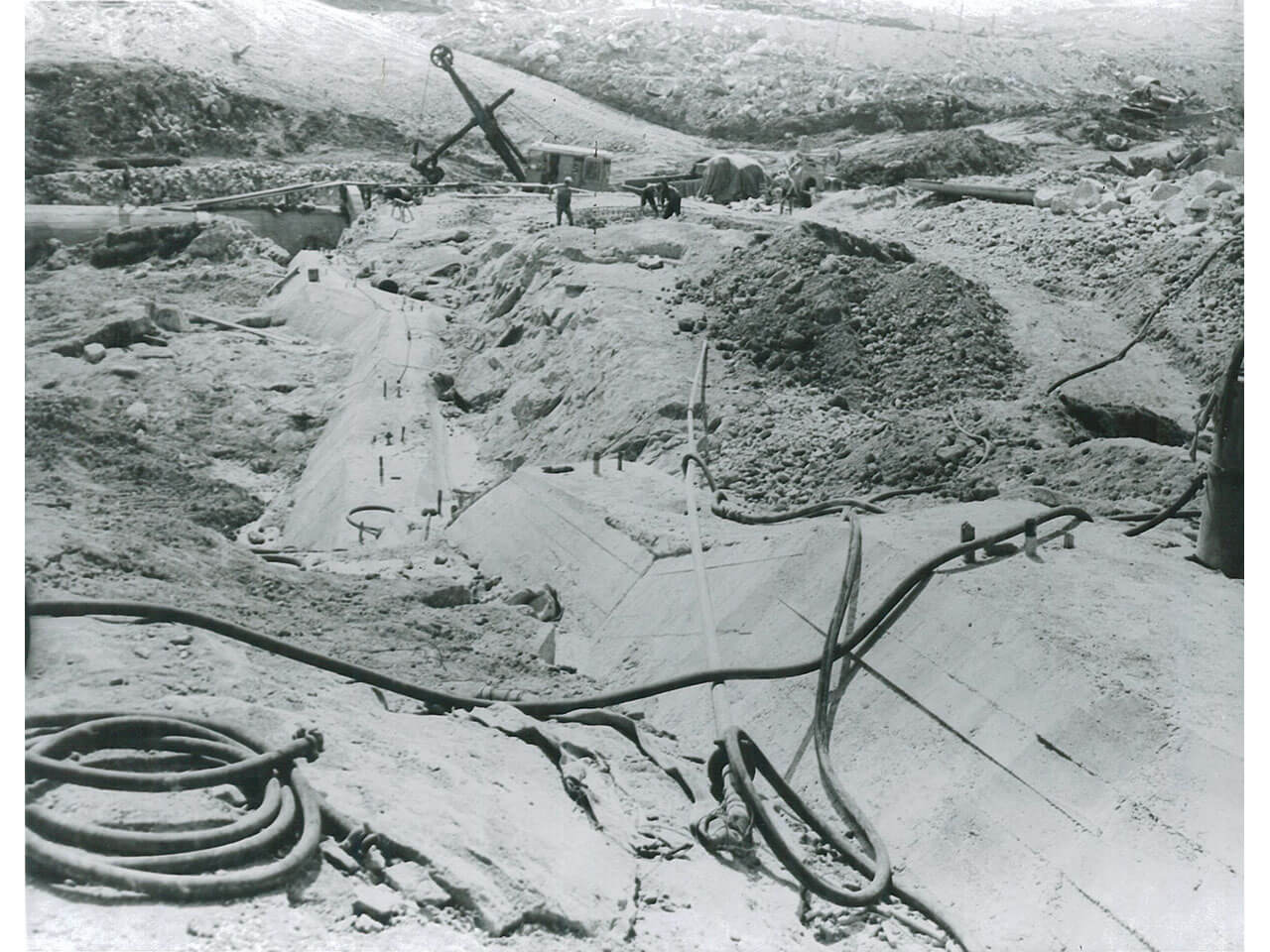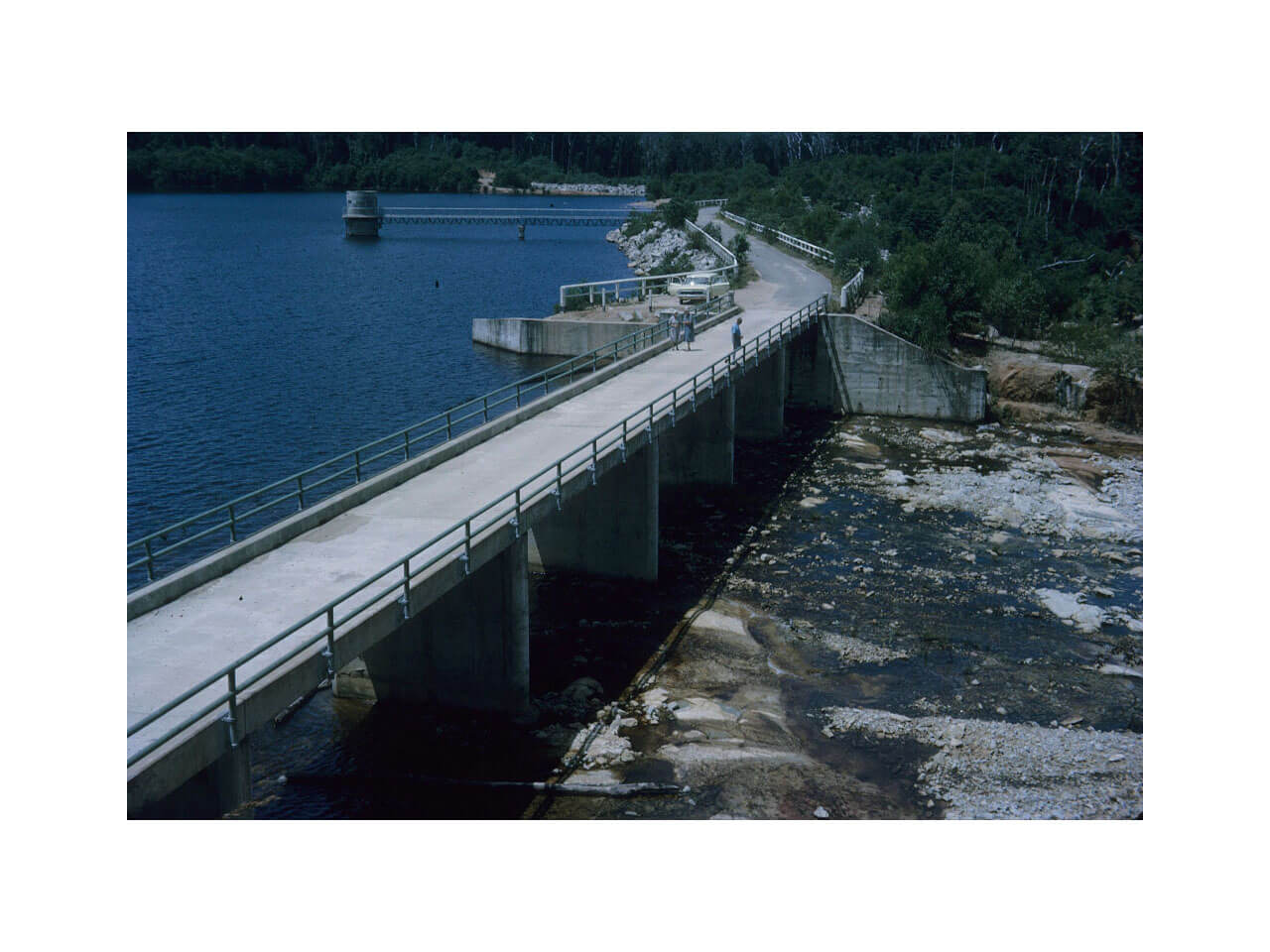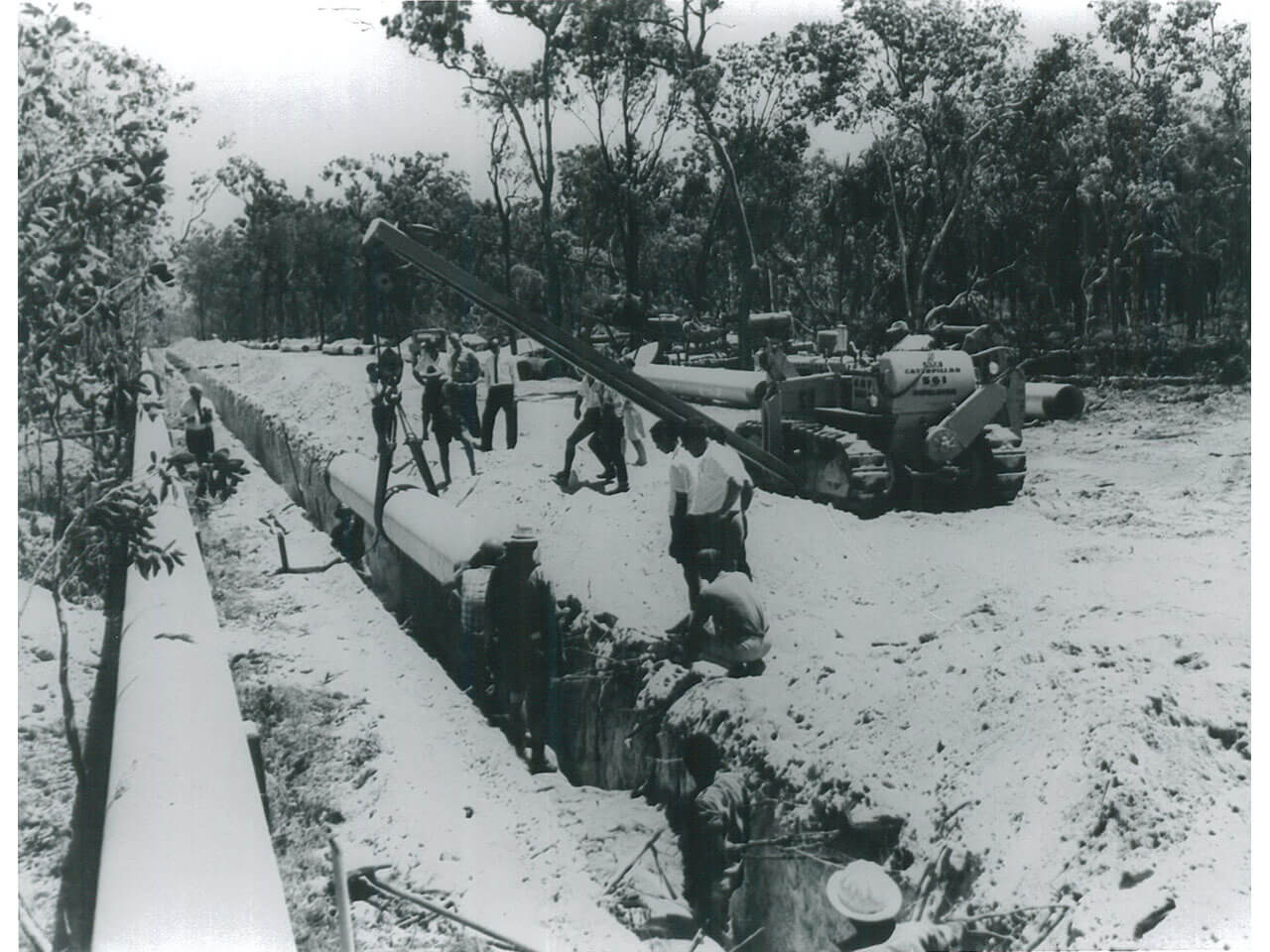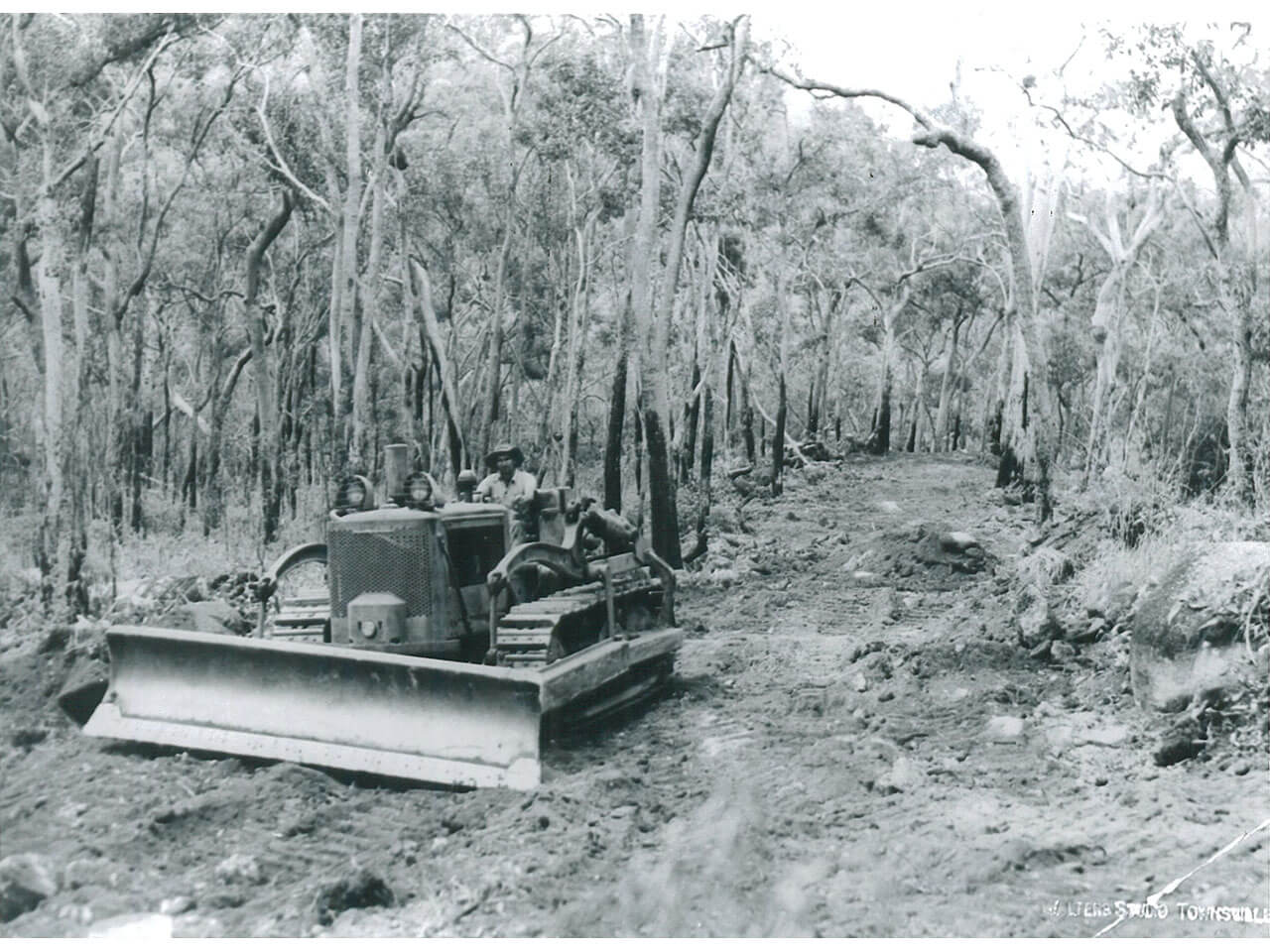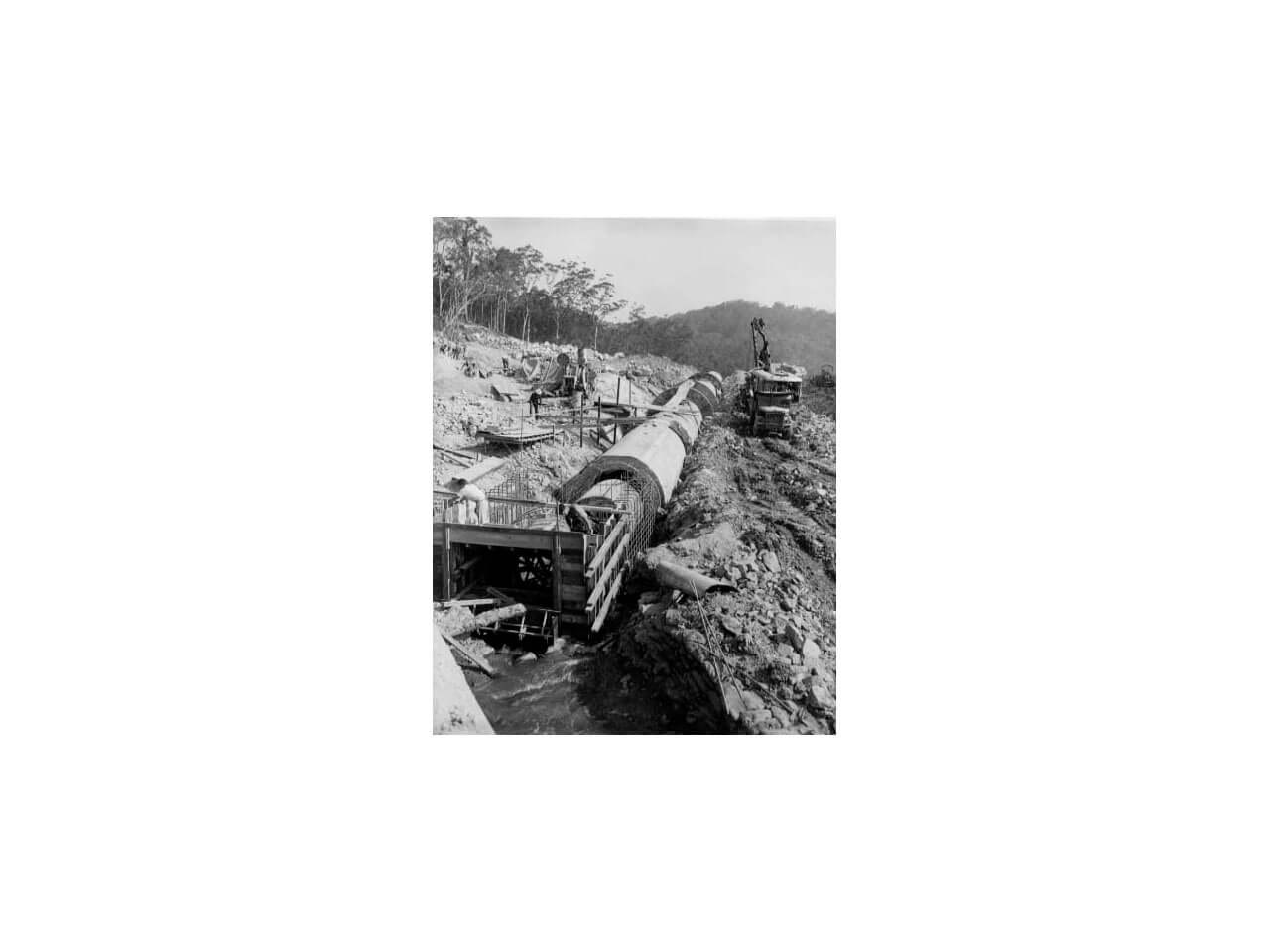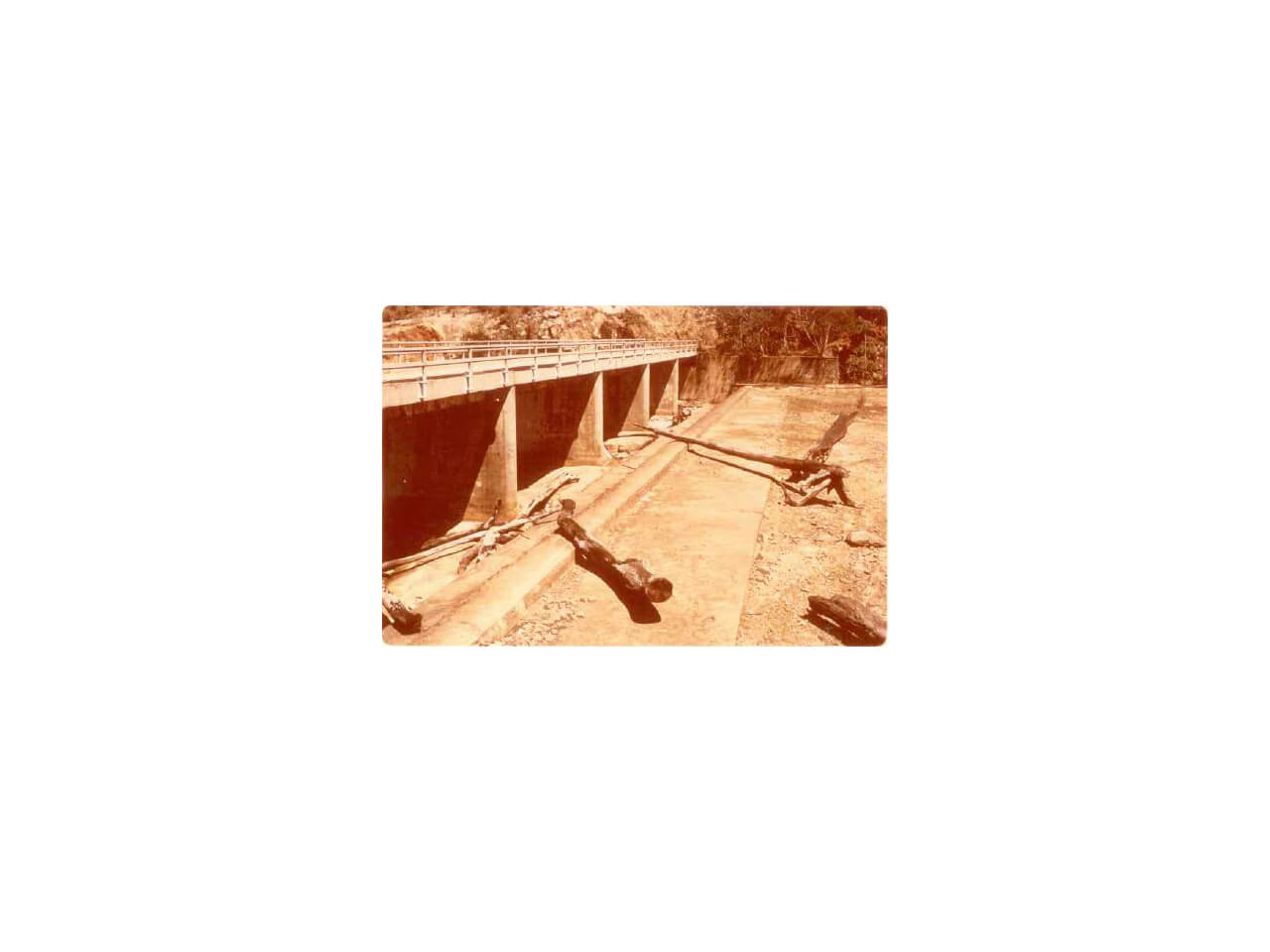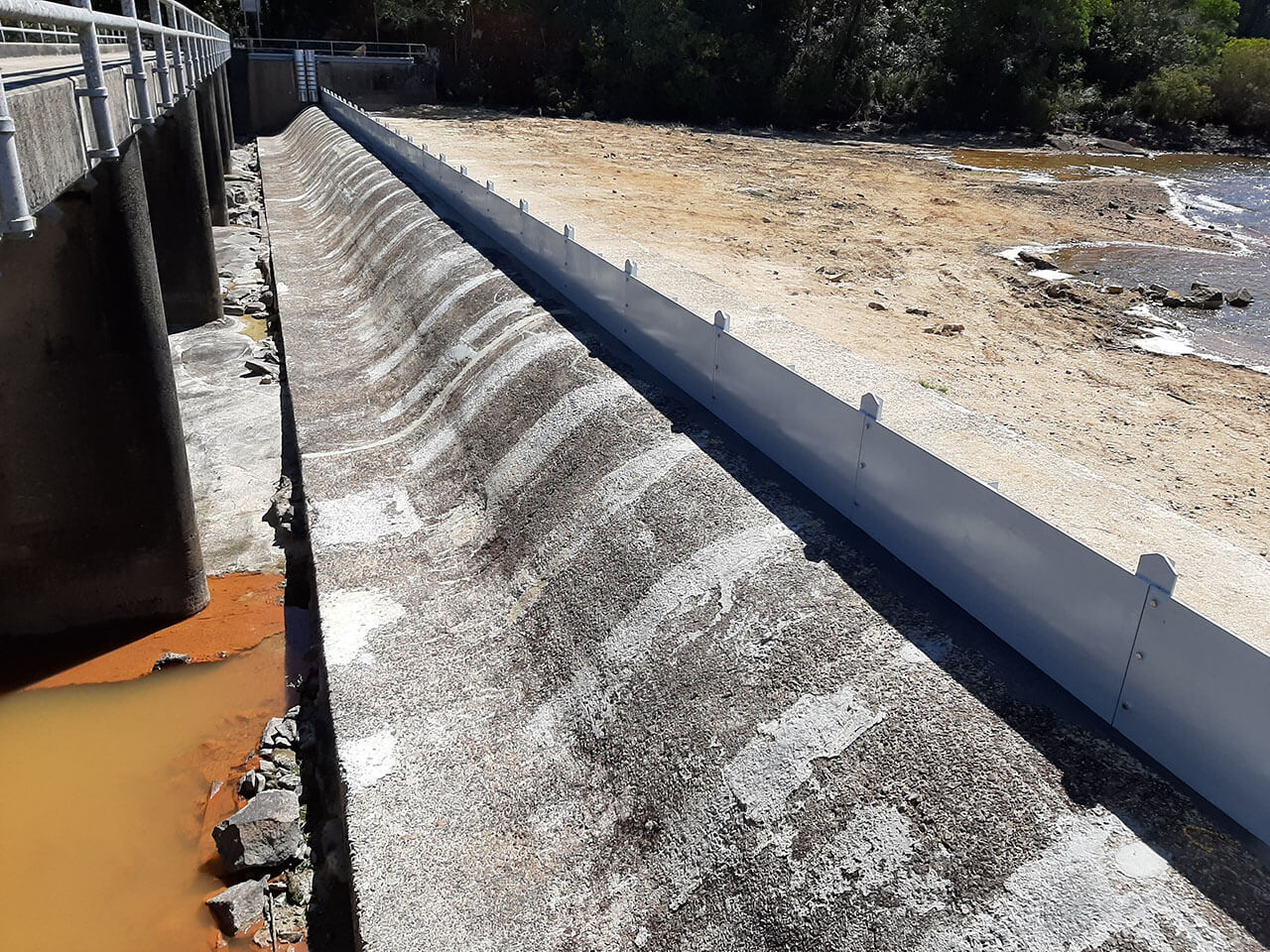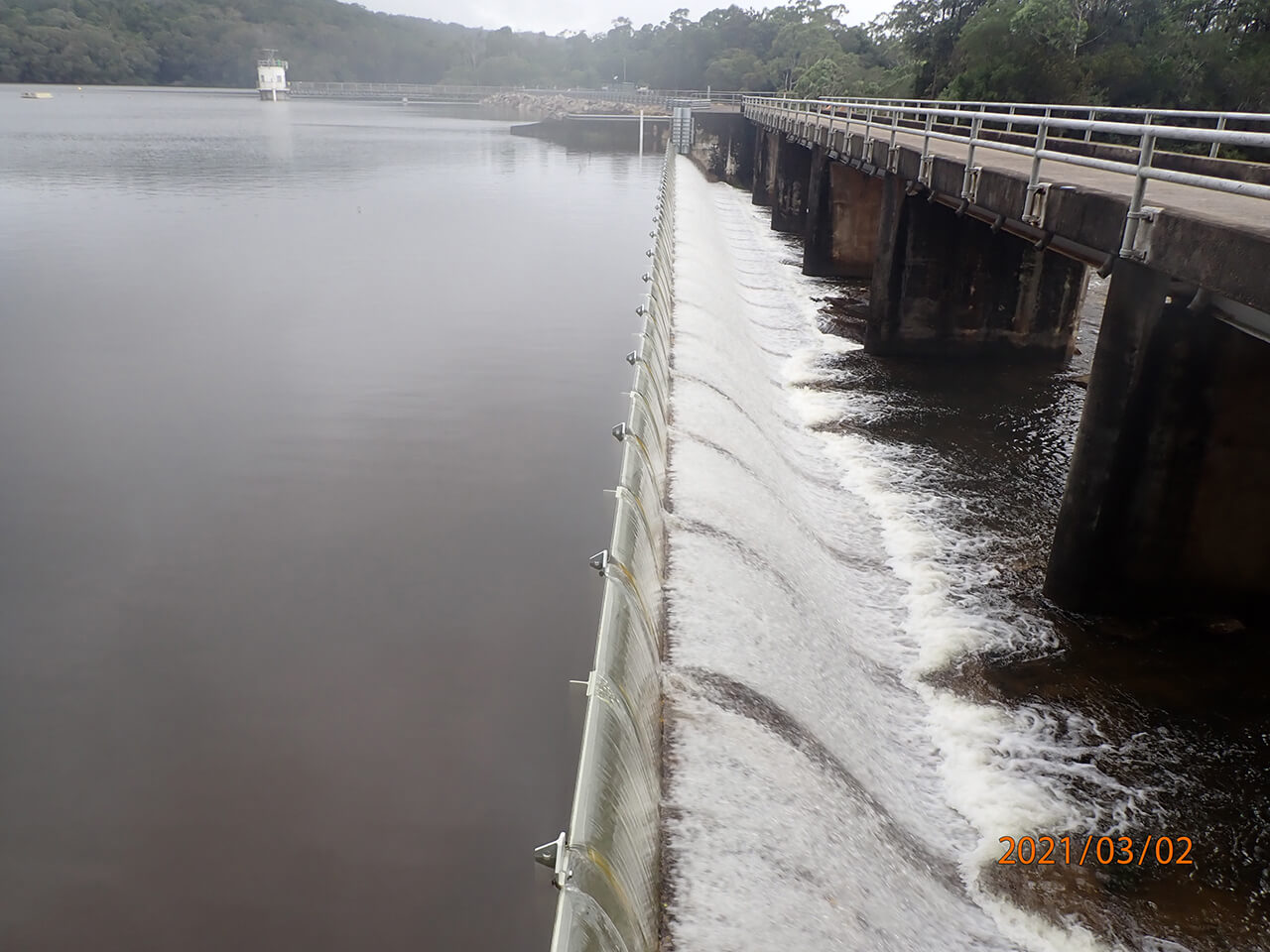Paluma Dam
Paluma Dam is one of the two primary sources of water for Townsville.
About the Emergency Action Plan (EAP)
Townsville City Council have a legal obligation under the Queensland State Water Supply (Safety and Reliability) Act 2008 to have an Emergency Action Plan (EAP) for both Paluma and Ross River Dams.
What is an Emergency Action Plan (EAP)?
An EAP is a standalone plan that is consistent with Council’s disaster management plans, which are used to identify and manage dam risks and hazards, such as a flood, earthquake contamination, terrorism, and to guide Council’s actions during an emergency event.
EAPs are approved by the Queensland Government and enable dam owners, local government, and local disaster management groups (LDMG) to coordinate an emergency response, enact disaster management plans, and provide evacuation information when required.
What is the purpose of an Emergency Action Plan (EAP)?
An EAP is implemented to minimise the risk of harm to persons or property if a dam emergency event occurs. The EAP details the processes that will be activated to notify people who live immediately downstream of the dams who may potentially be affected in the event of a significant water release or dam failure. The EAPs follow four main levels of action and notification to downstream residents. These levels are:
- Alert
- Lean Forward
- Stand Up
- Stand Down.
Within each of these levels, Council has additional triggers upon which further communication is broadcasted to keep downstream residents informed.
While the likelihood of a dam failure is extremely low, Council’s priority is always focused on the safety of our community and our visitors.
Documents
You can view the Paluma Dam Emergency Action Plan in full detail below.
- Paluma Dam EAP (PDF, 2.2 MB)
- Appendix A – Inundation Maps for Probable Maximum Flood Including Dam Break and Sunny Day Failure (PDF, 6.6 MB)
- Maps 1-3: SDF Inundation Map
- Maps 1-3: PMF Inundation Map
- Appendix B – Depth Maps for Probable Maximum Flood Including Dam Break and Sunny Day Failure (PDF, 8.8 MB)
- Maps 1-3: PMF No Fail Depth Map
- Maps 1-3: PMF Fail Depth Map
- Appendix C – Probable Maximum Flood Arrival Times Mapping (PDF, 1.9 MB)
- Maps 1-3: PMF Arrival Time
- Appendix D – Probable Maximum Flood Arrival Times Mapping (PDF, 1.8 MB)
- Maps 1-3: SDF Arrival Time
Paluma Dam History
Paluma Dam was constructed between 1957 and 1958 on Swamp Creek as an integral component of the Mt. Spec water supply system.
Paluma Dam is designed to supplement the natural runoff from the crystal creek catchment. A pipeline conveys water approximately 4km from the dam to a discharge point at Crystal Creek.
The water then flows via ‘run of river’ to the Crystal Creek Intake where it enters the Mt. Spec pipeline for treatment at the Northern Water Treatment Plant (NWTP).
The dam is of earth wall construction, with a concrete spillway with which can yield 50ML/day of water and had an original storage capacity of 10,273ML.
In 1975, James Cook University's Department of Engineering undertook an investigation into heightening the dam wall and spillway to provide greater water storage capacity. However, a cost-benefit analysis found this to be uneconomical, with the optimum solution being to raise the spillway 600mm by the installation of steel flashboards, increasing the dam’s capacity to 11,496ML, which was then adopted in 1981.
In 2020, the flashboards were replaced with slighter higher boards, increasing the dam’s capacity to 11,830ML.

